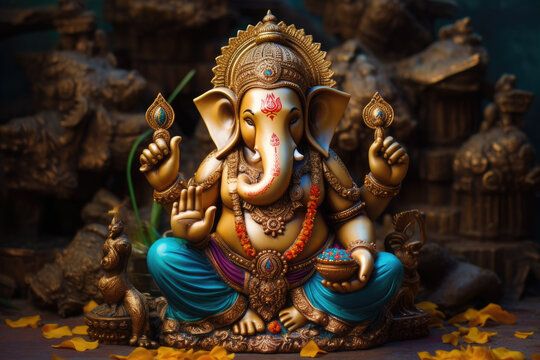Glory of Lord Ganesha Ganesha is worshipped across India as the Lord of benignity and auspiciousness. He is also the God of wisdom. Before undertaking any work Hindus offer their obeisance to Lord Ganesha. It is believed that He is instrumental in removing all hurdles, hence he is called ‘Vighneswara’. He is invoked at the Read More
Ads Blocker Detected!!!
We have detected that you are using extensions to block ads. Please support us by disabling these ads blocker.

